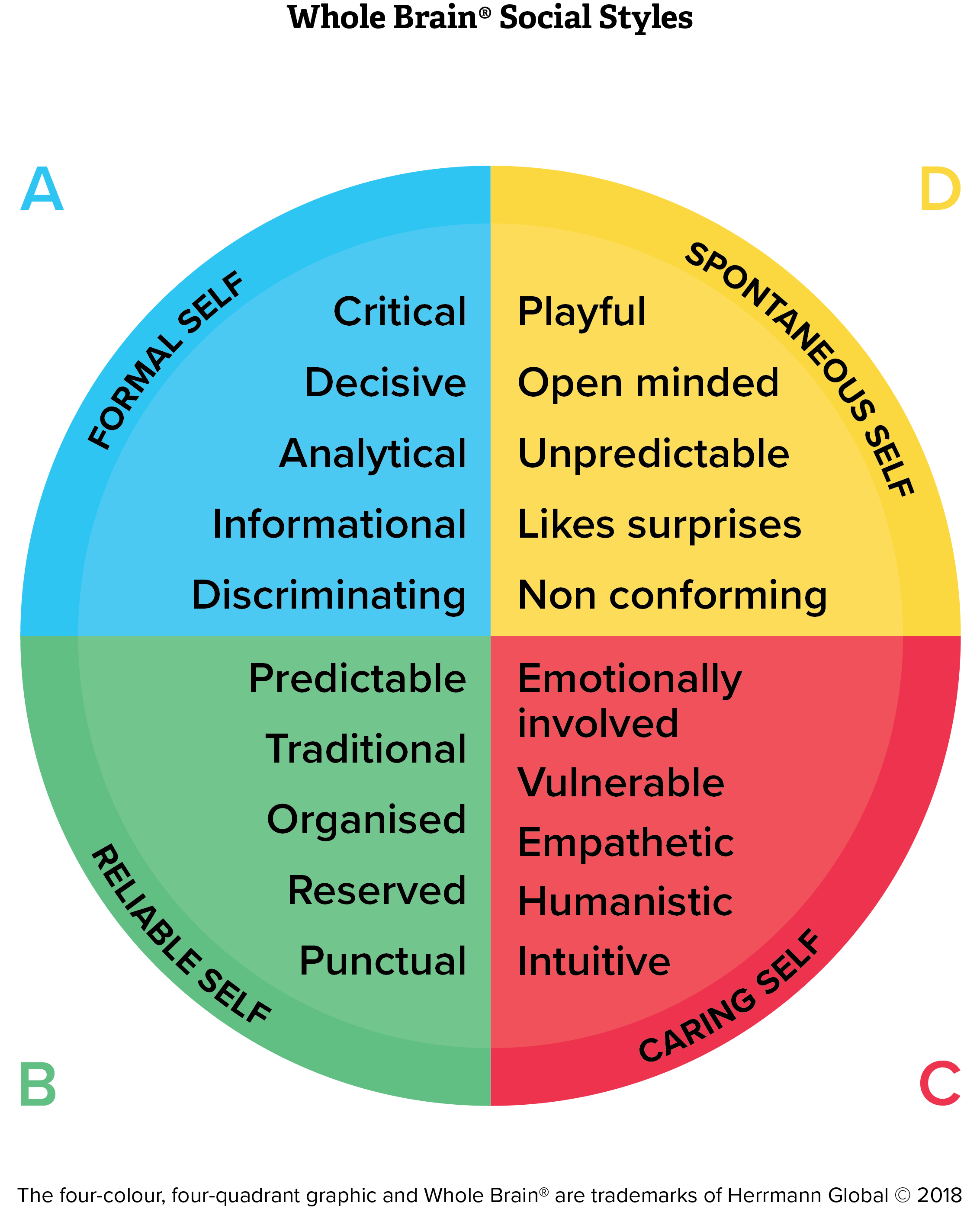Overwhelming. Big. Confusing. Saving. Planning. Budget. Are there any other words that come to your mind when that feared day comes? Grocery shopping is an awful chore. Neither my husband or myself enjoy going. Grocery shopping is like a punishment by association.
I will give you some tips based on how we do it in our family. I don’t take any responsibility, apply this on your own risk!
Analysing. First of all, you need to analyse grocery shopping, this will involve, checking bank accounts, how much money is available? how much money was spent over the past 3 grocery shopping? How much you can allocate for this shopping? In our family we are in the process of creating a spreadsheet for analysing the past 1-year vs 10. This will increase the efficiency in calculations.
Planning. After analysing that it is all about preparing a list. This could be a mental list prior making an actual list. (Plan before plan!) Mental list will involve going through the pantry, fridge, freezer, cupboards, and checking stock levels.
Once, satisfied with the mental list, there needs to be a physical list which is adding category headings to a A4 paper based on the store layout. Categorised list saves money, saves life, saves time. It is like in and out the shops. (by the book, on time, and efficiently)
On the other side god forbid, If the shop layout changes on the day of the shopping, this will be outside the prepared planning. Can cause running around like a headless chook, confused and lost. I don’t take any responsibility for this or tricking your partner.
After finalising the list, start planning the date and the time of the grocery shopping, who will go to the shops.
On the date of the shopping, also plan logistics, when and how.
Lastly, on your way to home revisit your plan for unpacking the bags, including where all the grocery will be placed, how you can organise the existing stock use by date.
Feelings. Shopping times should be after lunch as you do not want to do shopping based on your feelings. It is very regimental really, trolley, list, pen, in and out the shops. No time for feelings, or how much a recipe at the MasterChef show intrigued you or how a recipe will give you excitement.
Visualise. There is no time for risk taking, imaginations. Remember, chefs on the TV have pause and stop button, and they can restart the cooking. We don’t have that option in real life. Stick to the list.
Is this a bit familiar?
Understanding thinking style preferences
Blue. The individuals in this area of the Herrmann Whole Brain Model have a preference for analytical thinking and solving mathematical, numerical, and technical problems logically. They are critical, focus on quantitative data, and evaluate ideas based on facts.
Blue thinkers for a grocery shopping will start analysing. Some of the thoughts will be:
- What did I purchase previously? Will check the spreadsheets. (Yes, might keep the receipts, then enter into a spreadsheet)
- What is my budget? Is there an allocated budget? And check how much did I spent at the previous grocery shopping?
- What are my stock levels?
- How much it will cost? Check catalogues and websites?
Green. The individuals in this area of the Herrmann Whole Brain Model have a preference for organisation, and work in a controlled, conservative, and planned way. They can work in a very detailed, structured, and precise way and if at all possible, search for solutions to problems step-by-step. They are equipped with set up and elaborate work processes, and as a result of their planned and structured working technique, they shine at implementing them.
Green thinkers for a grocery shopping will start planning, organising, looking at the allocation of time, and getting things done. Some of the thoughts could be be:
- Is there a planned list? How much time available for the planned list and the actual list?
- Is there a planned weekly menu? How much time available to plan a weekly menu?
- Is there pantry checklist?
- Let’s prepare a list:
- What is the list on the fridge, diary, and the grocery list states?
- When will the grocery shopping will take? Who will be doing the shopping? Which shop?
Red. The individuals in this area of the Herrmann Whole Brain Model have a preference for communication, reason, and convince others very well. They find interpersonal communication with others very important and have a sensitive attitude. They are very empathetic and listen to the thoughts and opinions of others. These thinkers are also spiritually minded and have preference in the search for the personal meaning of information.
Red thinkers for a grocery shopping will get emotional and will be thinking about the items that they bought in the past how much it made them feel good, and how this shopping will make the person feel. Some of the thoughts could be:
- How much you love certain foods?
- A recipe that you love?
- Feels right and your senses are overwhelmed, and for true foodies, your heart might be beating faster than normal.
- Do you walk into the store and suddenly forget everything on your list.?
- Do you finally reached foodie heaven but don’t know where to begin?
Yellow. The individuals in this area of the Herrmann Whole Brain Model have a preference for imaginative, artistic and abstract thinking. They have a visual, holistic, intuitive, and innovative style and are content with taking initiative. For yellow thinkers’ problems can be solved in one way or another and enjoy challenges.
Yellow thinkers for a grocery shopping will be risk taking, visualising and be curious. Some of the thoughts could be:
Why to plan?
- Are you eager to shop for those crazy new recipes you’ve seen online?
- You can visualise yourself cooking your recipe
- Buy random items as you want to be surprised
HBDI® is not just another assessment tool, it is a significant psychometric assessment or test, that outlines and defines the degree to which we prefer to think in the four quadrants of the Whole Brain® Model.
HBDI® increases your understanding of self, mental diversity, decision making, teaching and training, communication, relationships, team building, problem solving, and conflict management. And improves your trip to grocery shopping.
Do you want to get more information? Contact us 07 5499 2406 or Send email and schedule a HBDI consultation appointment.













